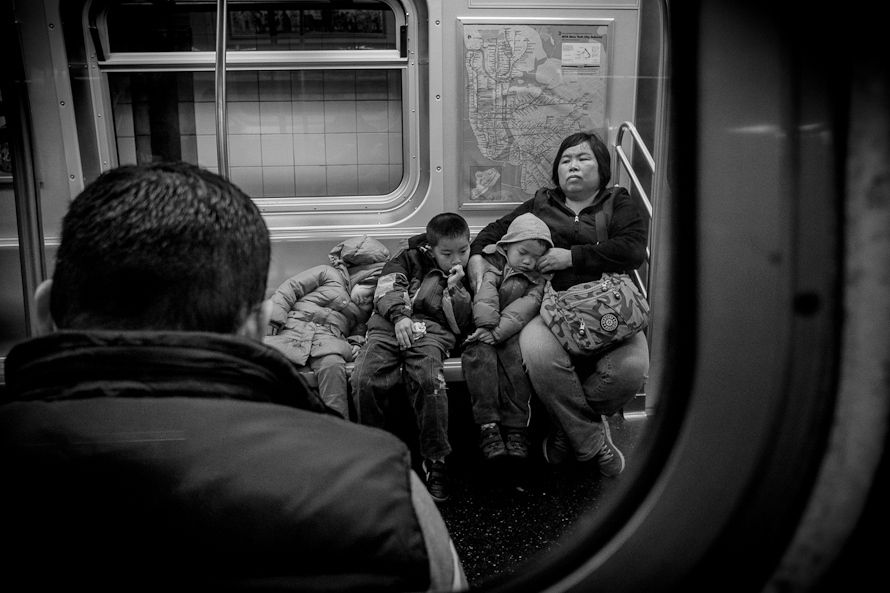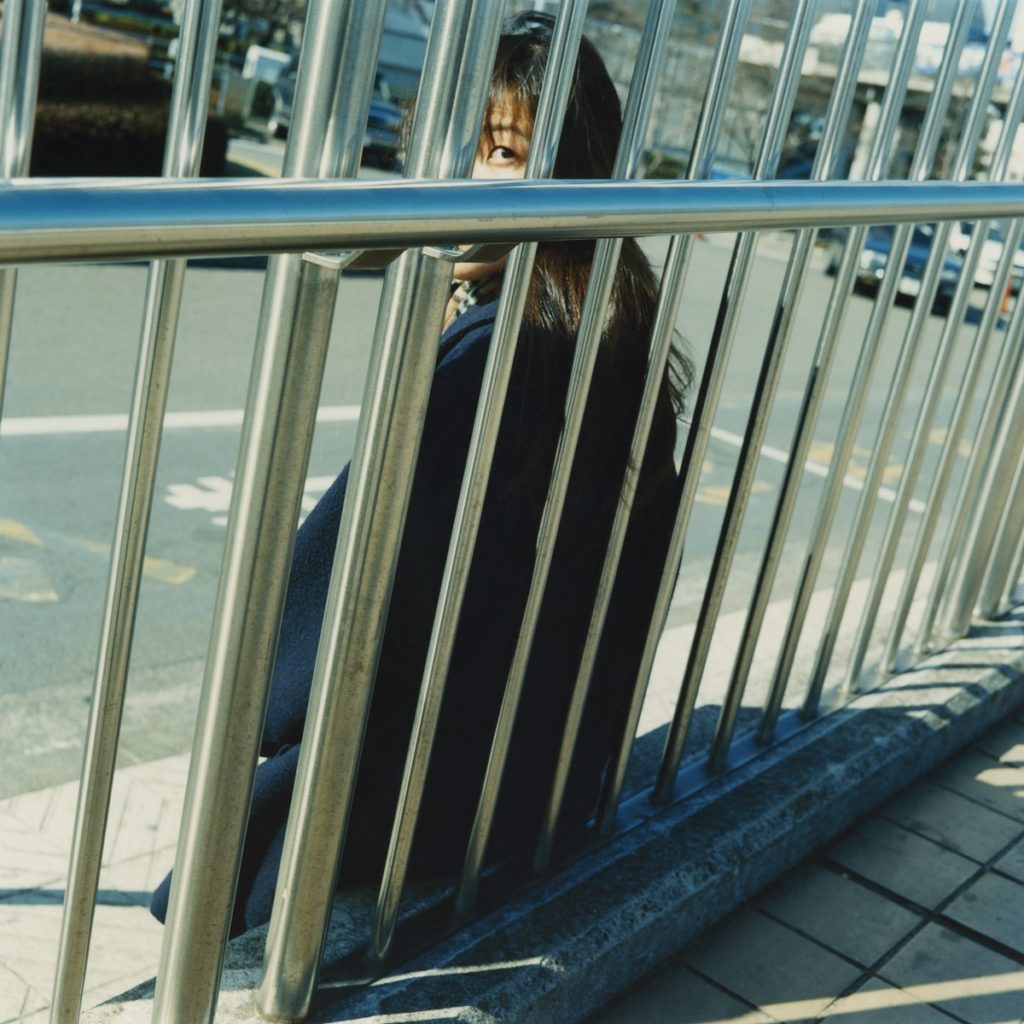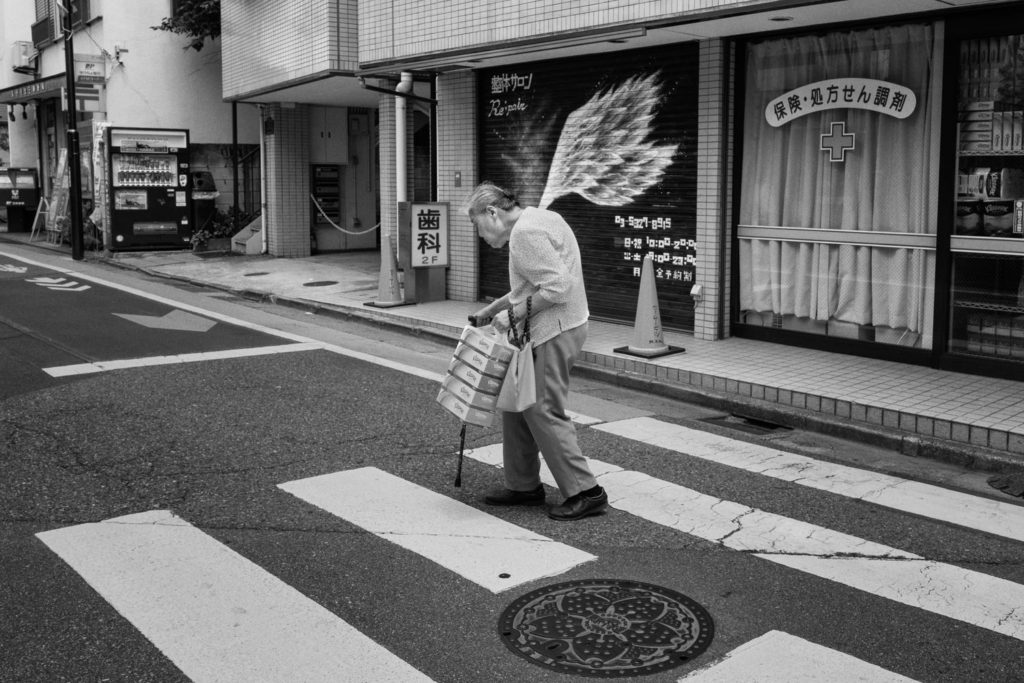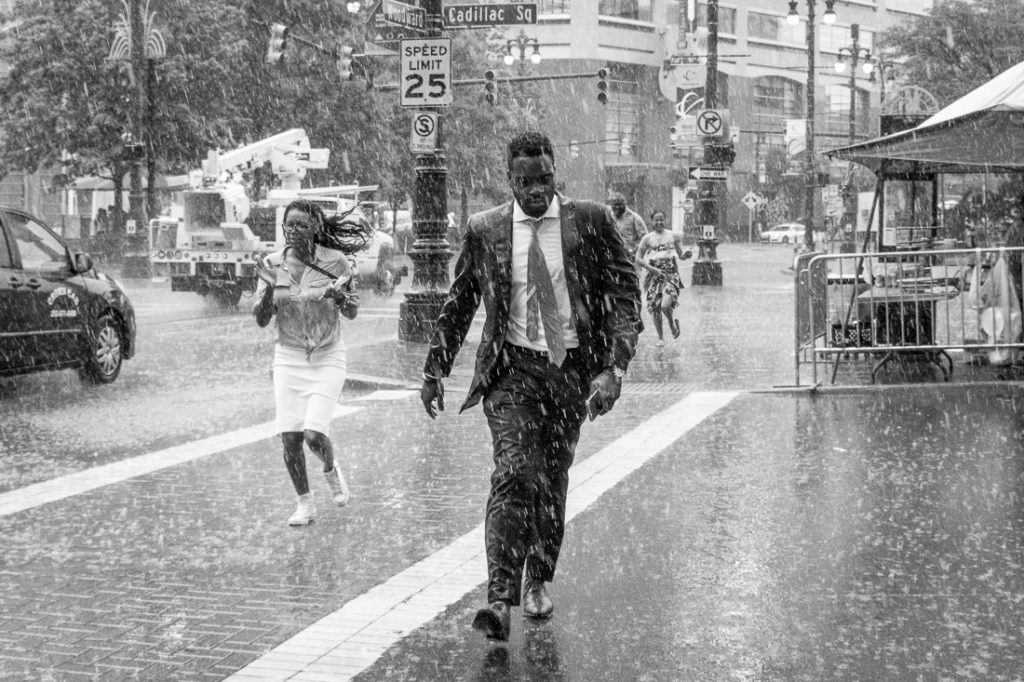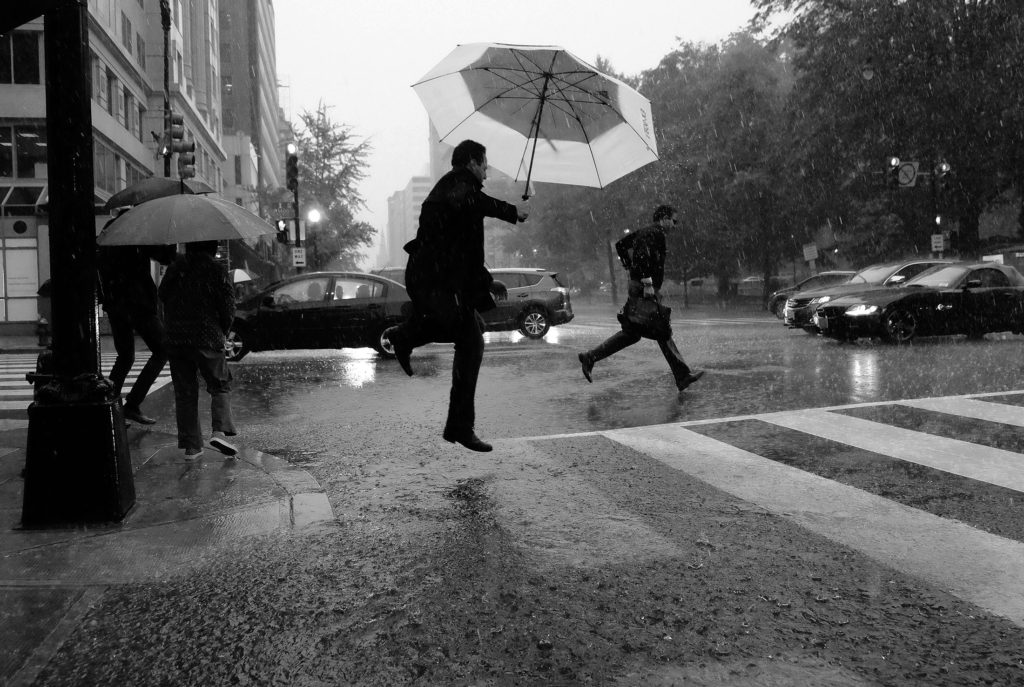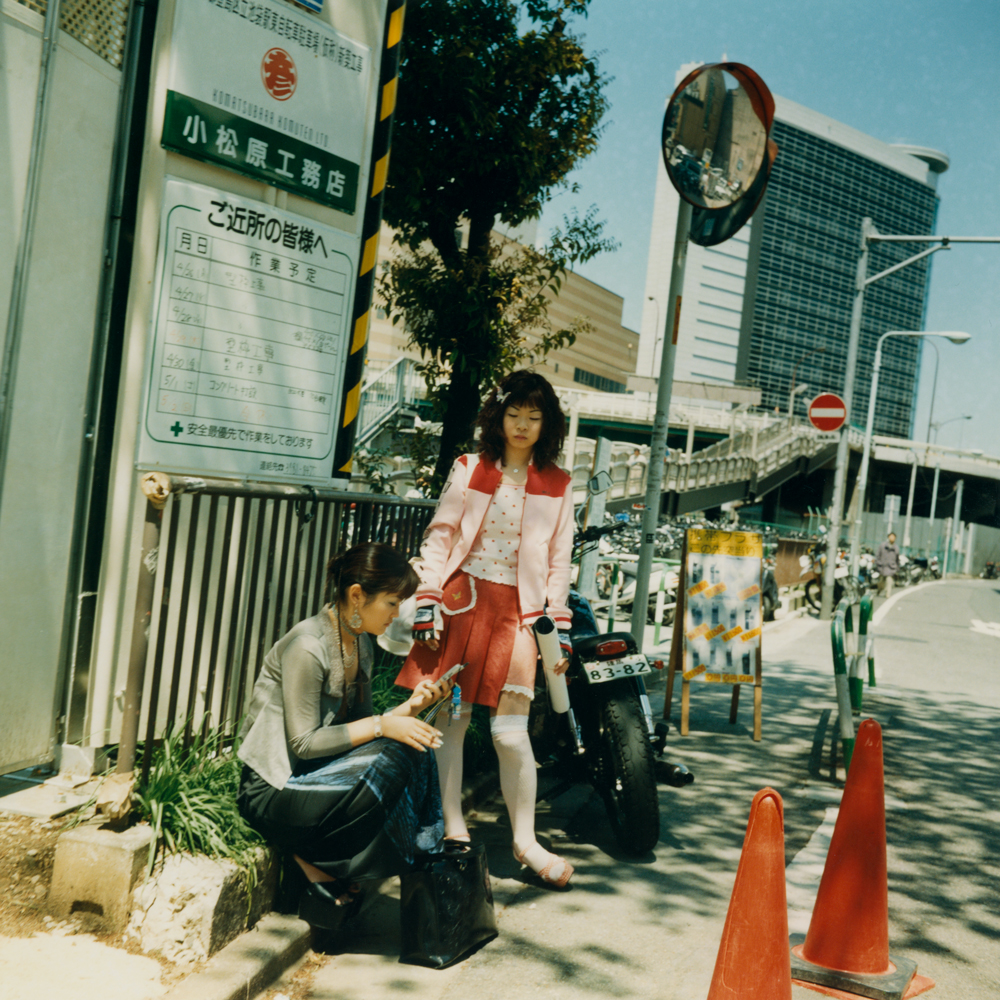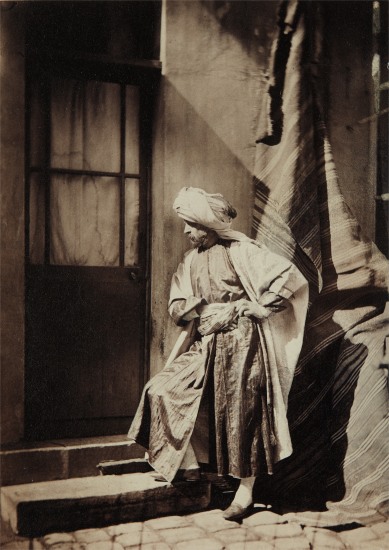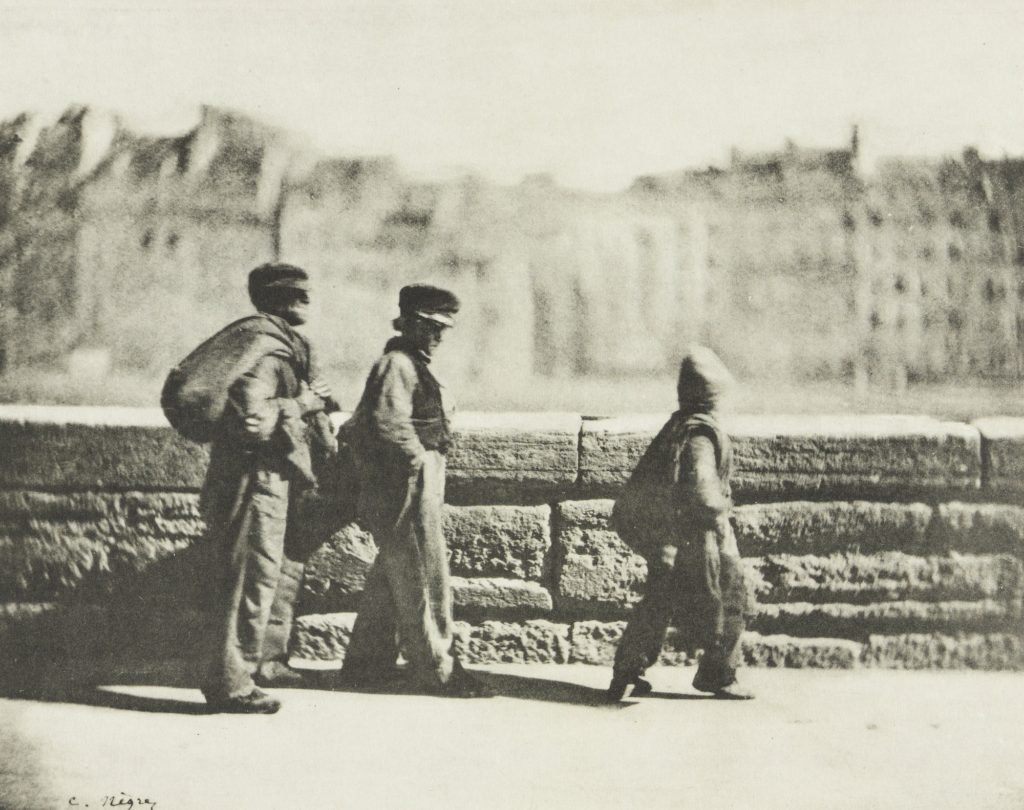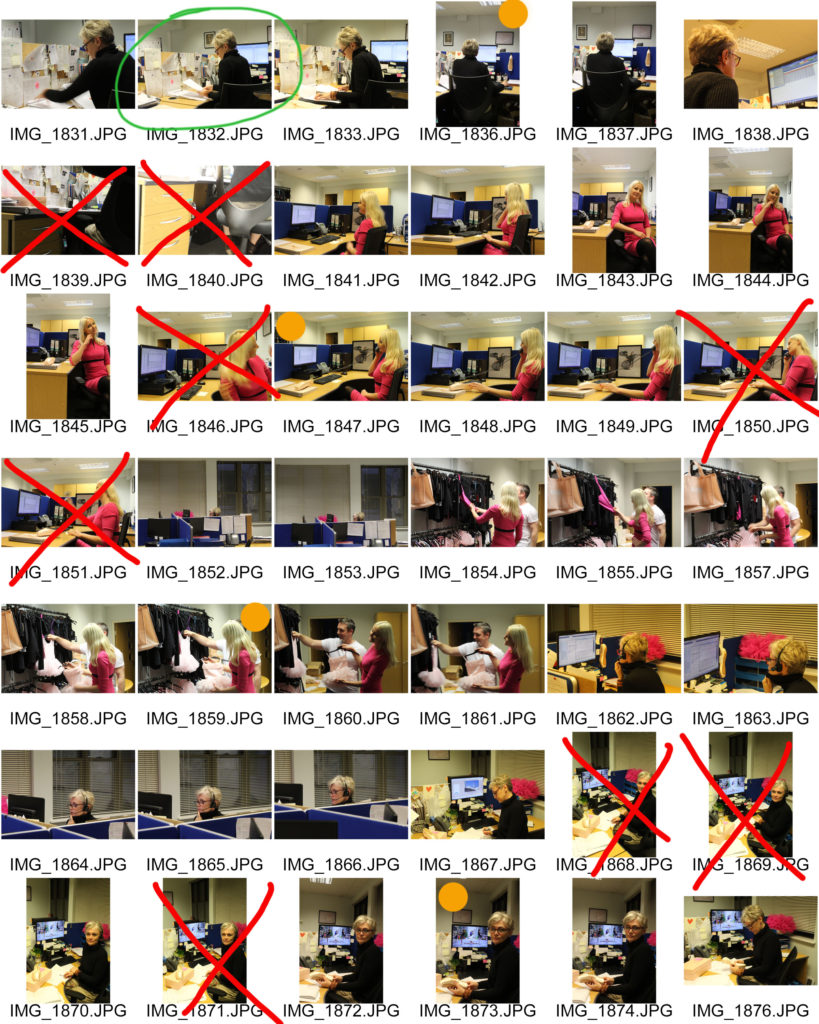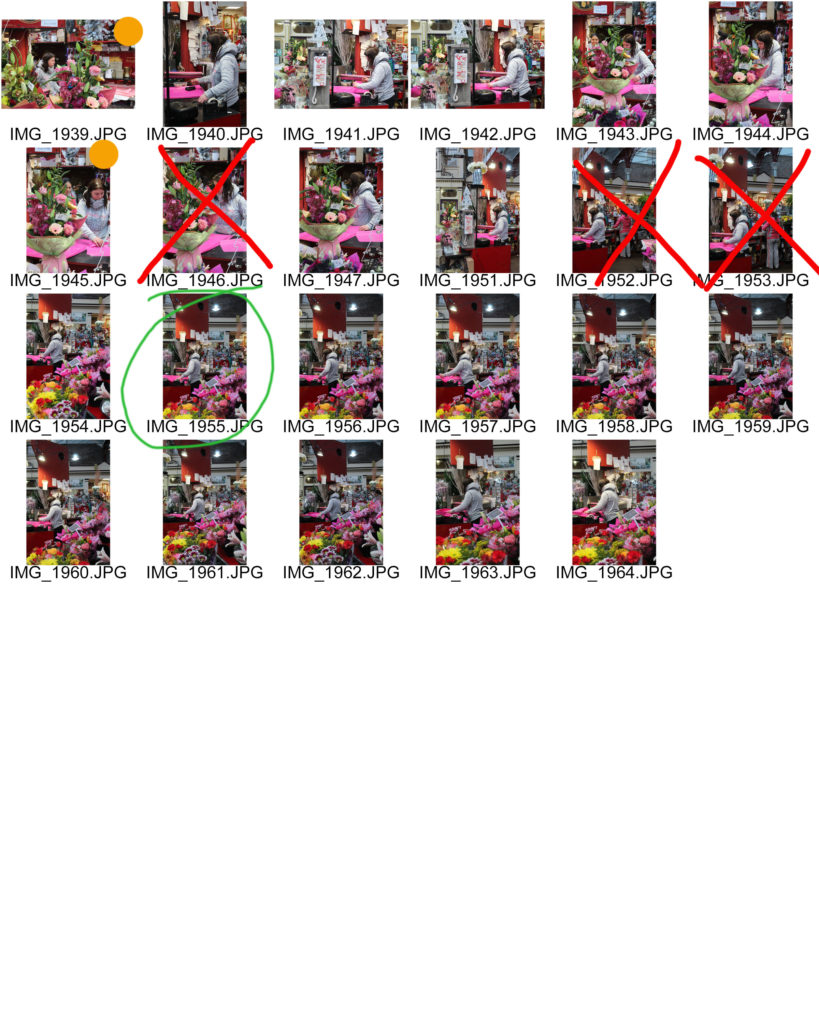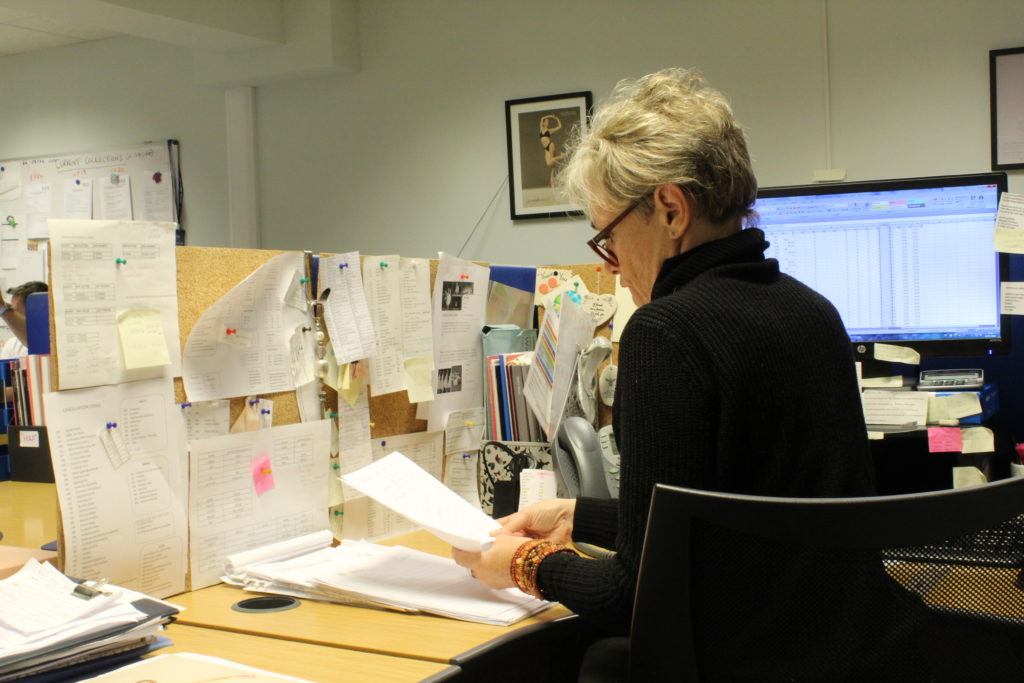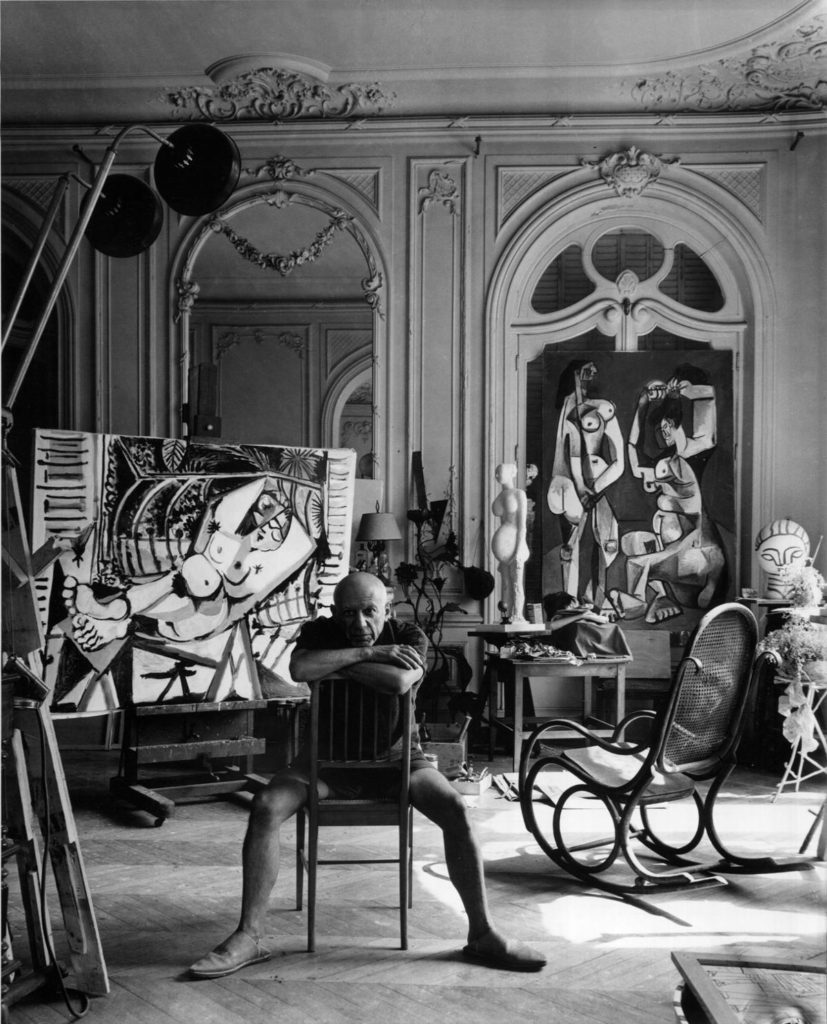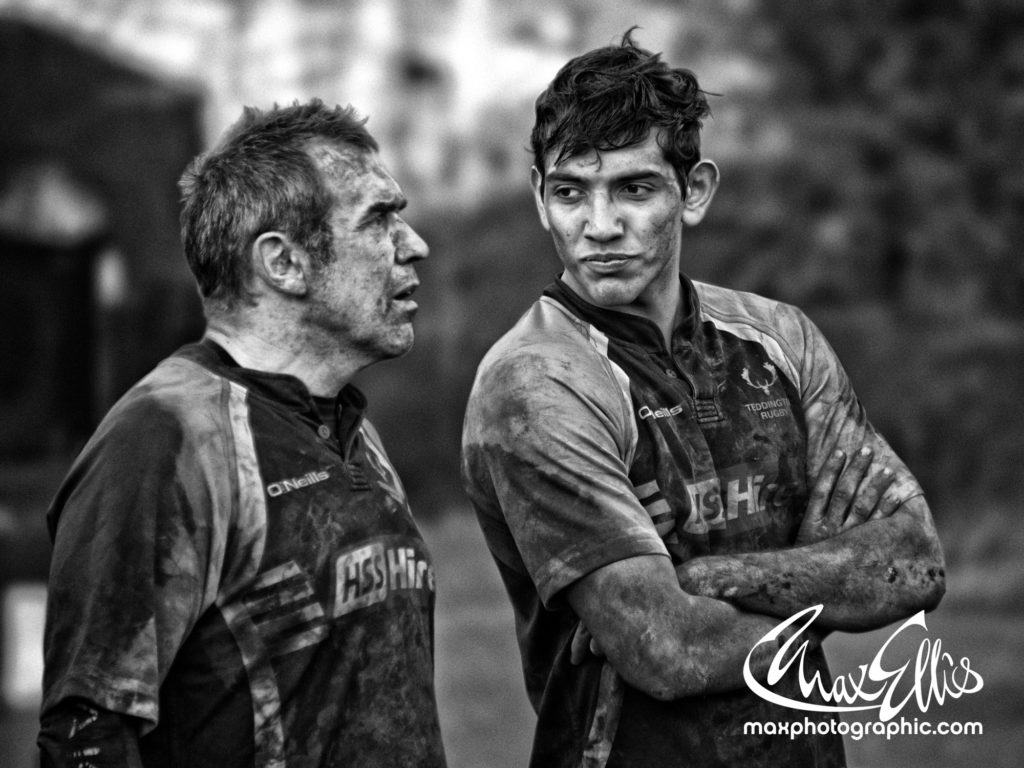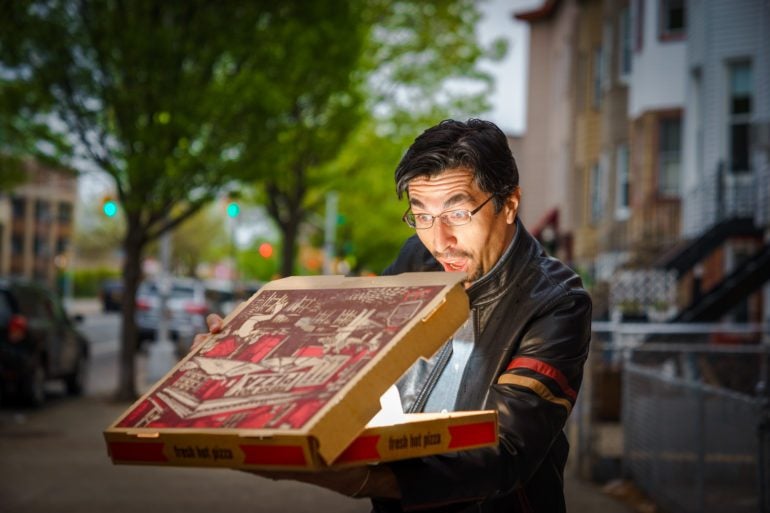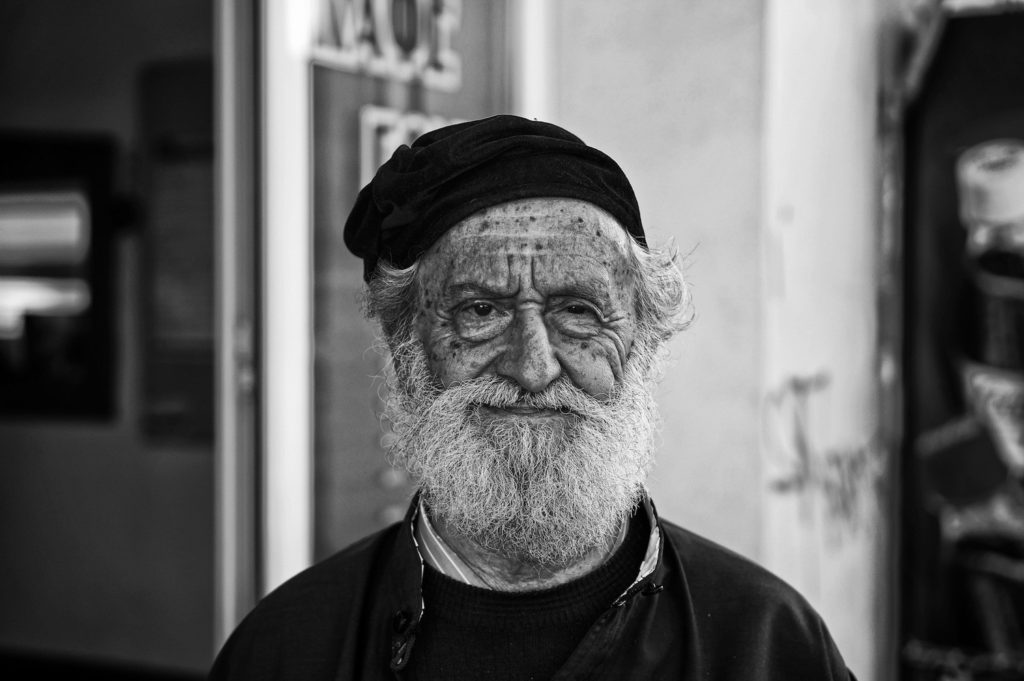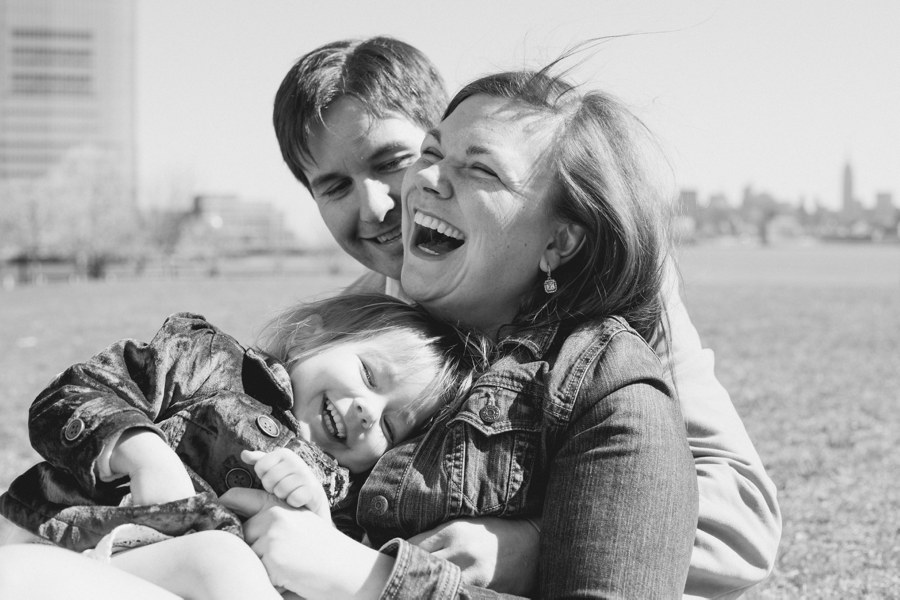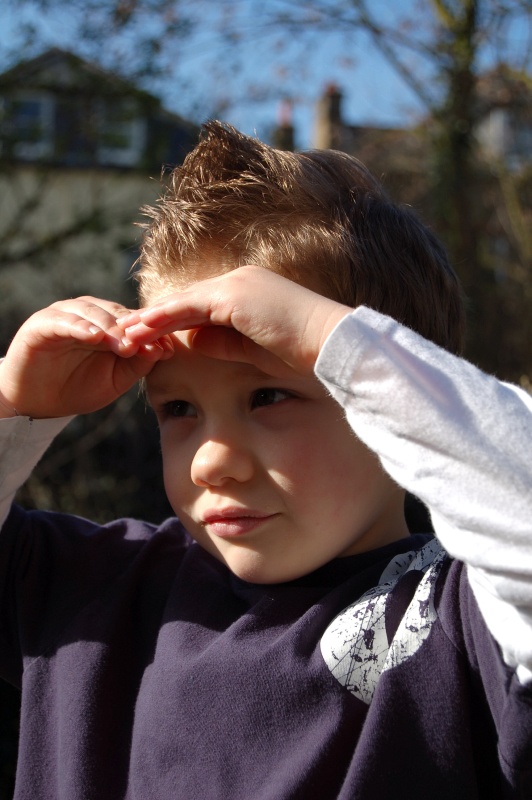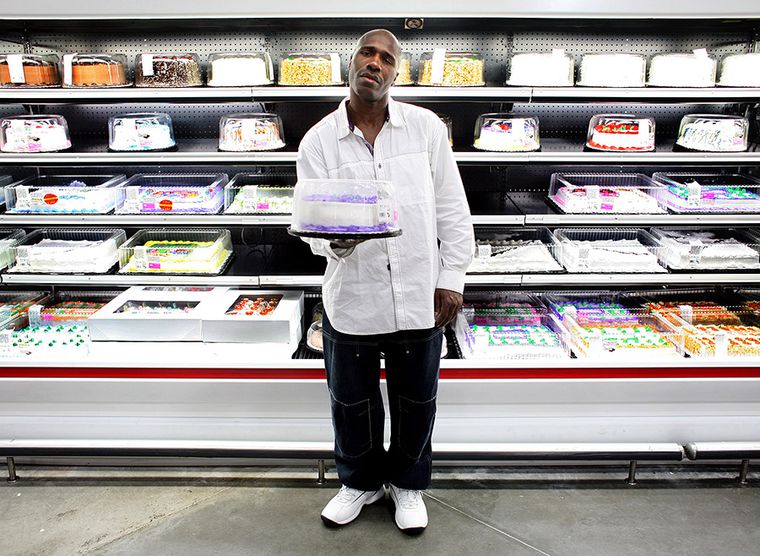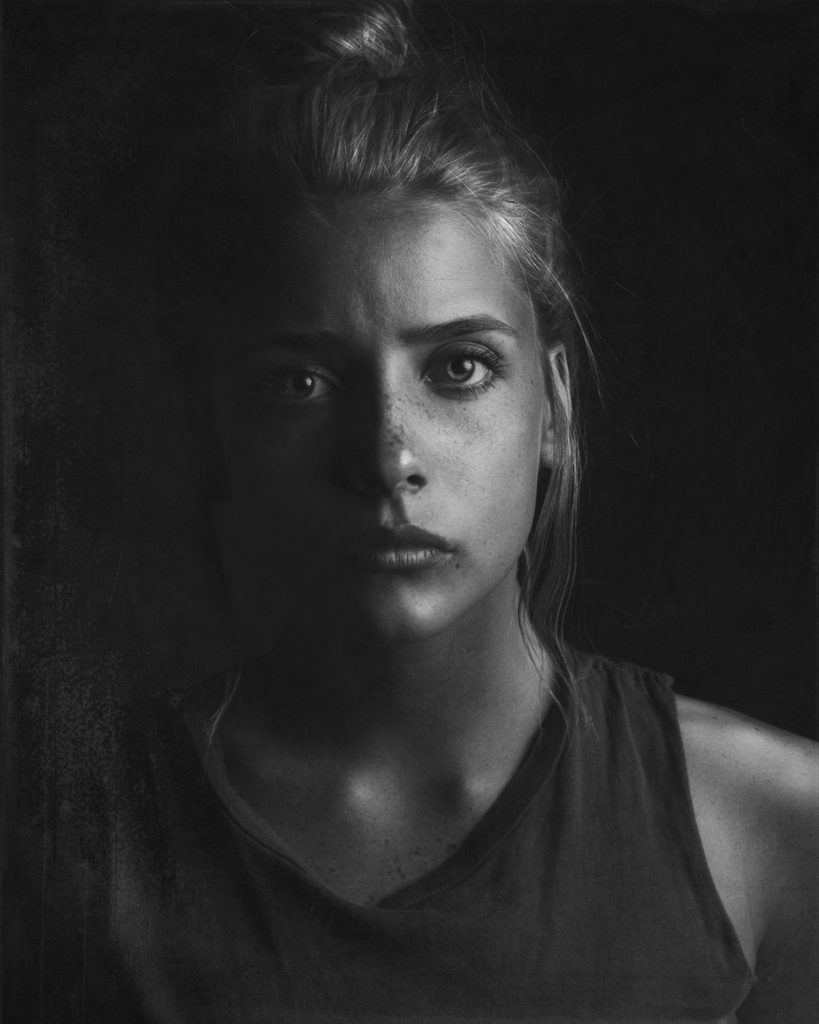who is ROBERT FRANK and what do they do?
ROBERT FRANK was a swiss photographer and documentary filmaker, born in 1924. His most famous work was his book ‘the americans’, which documented american people during their everyday life. FRANK later went on to experimenting with photomontages and film. Their photographs were expressive and raw, which changed the way documentary photographs were taken.
my favourite photographs from ROBERT FRANK
In these photographs, from FRANK, i like the expressions on the faces of the subjects and how natural they look. These photographs really capture the joy and the happiness of the people.
analysis of a ROBERT FRANK piece
technical
The lighting in this photograph is coming from infront, because there are shadows and highlights on the subjects faces. If there were no lighting from the front the subjects faces would be dull and not illuminated, which they aren’t. The lighting is also natural, as the faces are not over exposed, or over powered by light, but the light is subtle. The lighting allows for there to be a high contrast between the lights and darks. This photograph has a varied tonal range, as there are dark darks and bright whites too.
visual
This particular photograph is taken in black and white, FRANK must have decided to do this because it allows the photograph to look more powerful and poignant. There are a varied different textures, from the metal with the pattern of bolts, to the reflections on the windows. These textures allow the photograph to be more interesting and eye catching. FRANK has captured this scene very well, because of the repeating pattern of the windows, and how they also form a frame around the individuals, which is interesting too. The arrangement of the people also relates to a contextual link from the time of the photograph being captured.
contextual
Around the time of this photograph was taken in 1958, and before this time, there was a big divide between the social classes, races and ethnicities. So this photograph is important because it shows how all people, whatever race, class or ethnicity get the bus. Even though it does still show the divide, in the sense that the black people are sitting separated from the white people, at the back of the bus.
conceptual
This photograph really highlights the segregation of the different people of America, due to each different groups being separated in a window. Each window frames a different, and shows how they are separated in society and on the bus. But what it is interesting about this photograph, by FRANK, is how it shows the variation of people in America and how they are represented too.
how am I going to relate to ROBERT FRANK in my photographs?
I am going to capture people in their natural environment and take their photograph without them knowing they are being photographed, because then you really get the natural and candid shots, that look very effective and eye catching.





